If you ever find yourself in Japan’s coastal areas, especially around the Sea of Japan, you might come across a unique and traditional dish called Ego (えご). This dish has a special place in the hearts of locals and is a perfect example of how locals can turn simple ingredients into a beloved food. In this article, we’ll take a closer look at what Ego is, where it comes from, and where you can try this delightful regional specialty for yourself.
What is Ego in Japanese food?
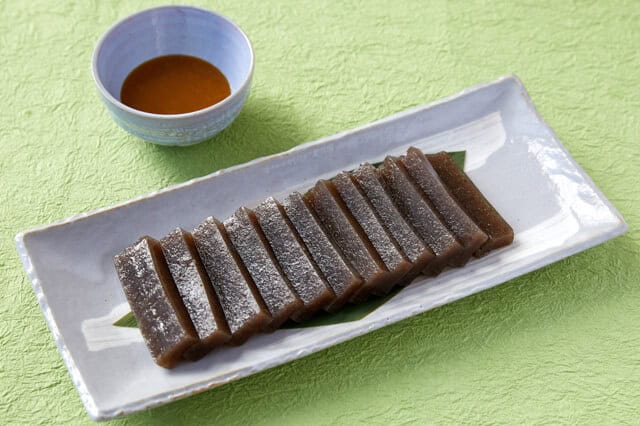
Ego is a type of jelly-like food made from a specific type of seaweed called ego-gusa (えご草). The process is quite simple: they will clean, boil down, and then cool the seaweed until it sets into a firm, smooth jelly. The finished Ego is usually cut into various shapes, often thin noodles or small blocks. It has a distinctive texture that is both firm and chewy, yet it melts smoothly in your mouth. Locals typically served this cold with a light sauce, like vinegared miso or soy sauce with a touch of wasabi, which complements its fresh taste and light flavor.
History of Ego Food
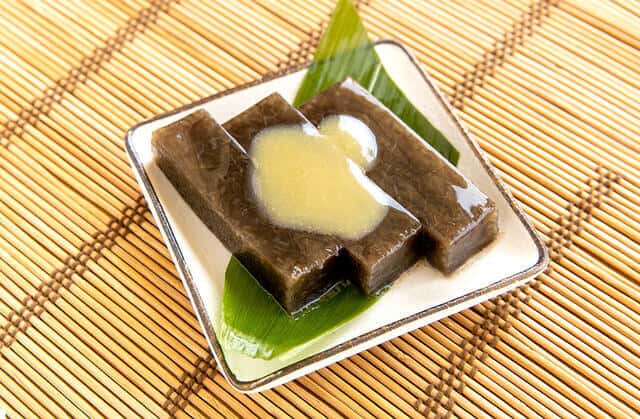
Ego is a dish with a long history, cherished in regions facing the Sea of Japan, particularly in Niigata and Fukushima prefectures. Records suggest that people have been making and eating this dish since as far back as the Edo period (1603-1868). It was a valuable food source, especially for people living in coastal towns where the ego-gusa seaweed was abundant. However, because the seaweed is very sensitive to its environment, it can sometimes be hard to find, which makes this dish a special and sought-after dish. This long tradition has made it an important part of the local food culture and a reminder of the area’s close relationship with the sea.
A Restaurant to Try Ego
Suzakaya Soba Niigata Station Branch (須坂屋そば 新潟駅前店)

To experience Ego firsthand, you can visit Suzakaya Soba Niigata Station Branch. While known for its soba noodles, this restaurant also serves local Niigata specialties, including this dish. It’s a great place to try this traditional dish in a relaxed setting, providing an authentic taste of the region.
Conclusion
Ego is more than just a dish; it’s a taste of history and tradition from Japan’s coastal regions. From its unique preparation using a special seaweed to its long-standing place in local communities, Ego offers a simple yet satisfying experience. It is a true example of how regional ingredients can create a food that is both unique and deeply connected to its origins.
If you enjoyed learning about Ego, you might also like to try other dishes with a similar jelly-like texture. Other Japanese foods like tokoroten or youkan share a similar appeal, offering a different but equally interesting take on the art of using seaweed to create a delicious and refreshing meal.
FAQ
What is Ego?
Ego is a traditional food from Fukushima, made by boiling and shaping a type of seaweed into a firm, jelly-like block. It has a light taste and smooth texture.
How is Ego usually eaten?
It is commonly served chilled with vinegar-miso or soy sauce. Its clean flavor makes it a refreshing side dish.
Does Ego have a strong seaweed flavor?
No, Ego has a mild, delicate taste. It is less intense than many other seaweed dishes.
Where can I try Ego in Fukushima?
You can find it at local restaurants, traditional inns, and markets in coastal and central areas of Fukushima.
Is Ego healthy?
Yes, Ego is low in calories and rich in dietary fiber. It’s considered a light and healthy dish.
Can I buy Ego as a souvenir?
Some local shops sell ready-made Ego or seaweed used to make it. It’s a unique regional specialty to take home.

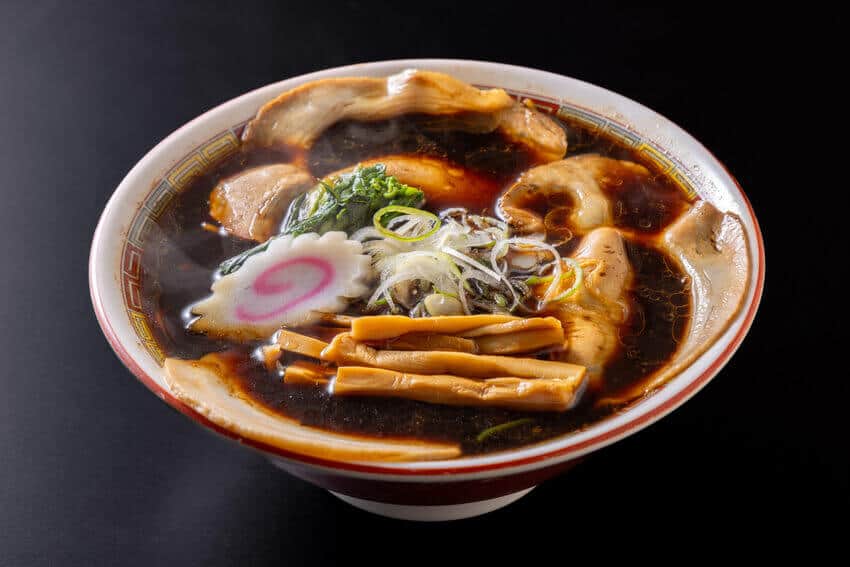
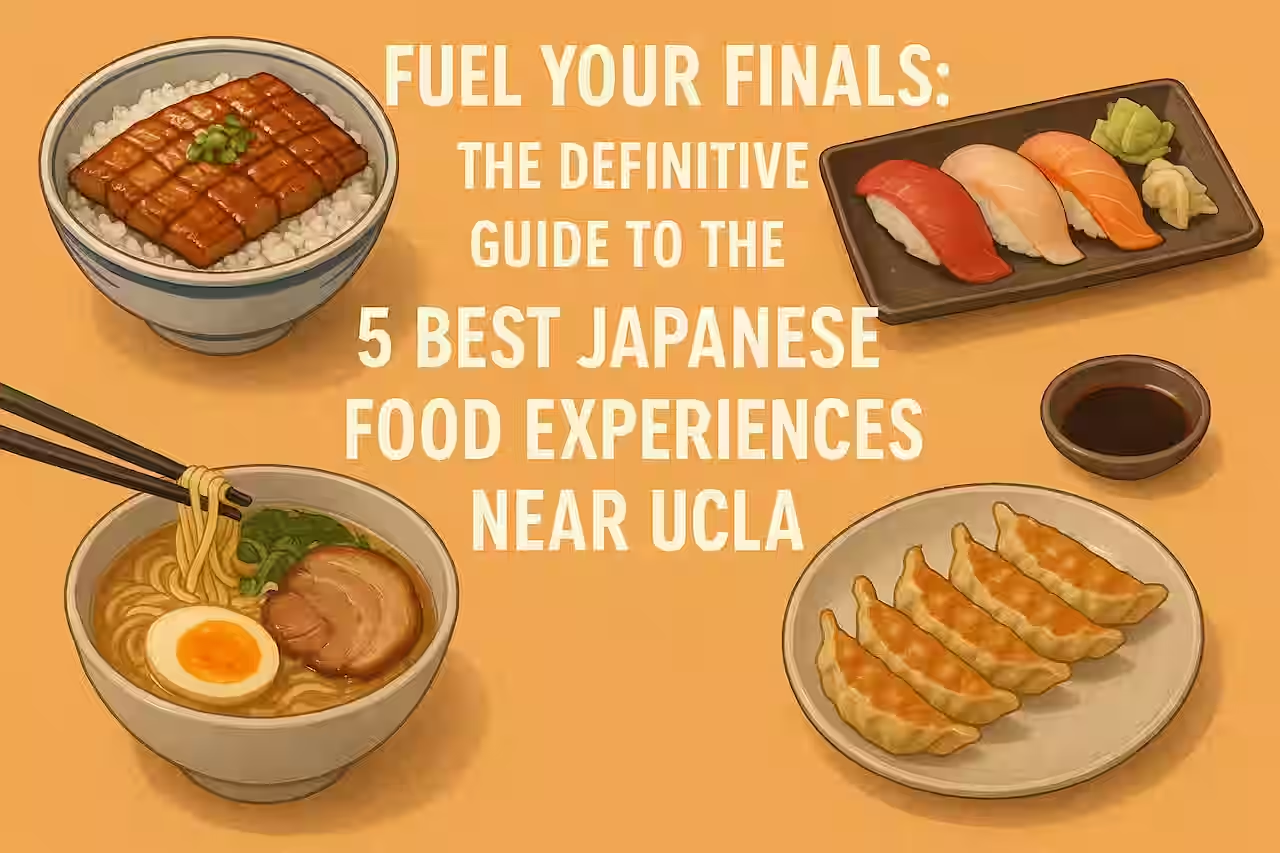

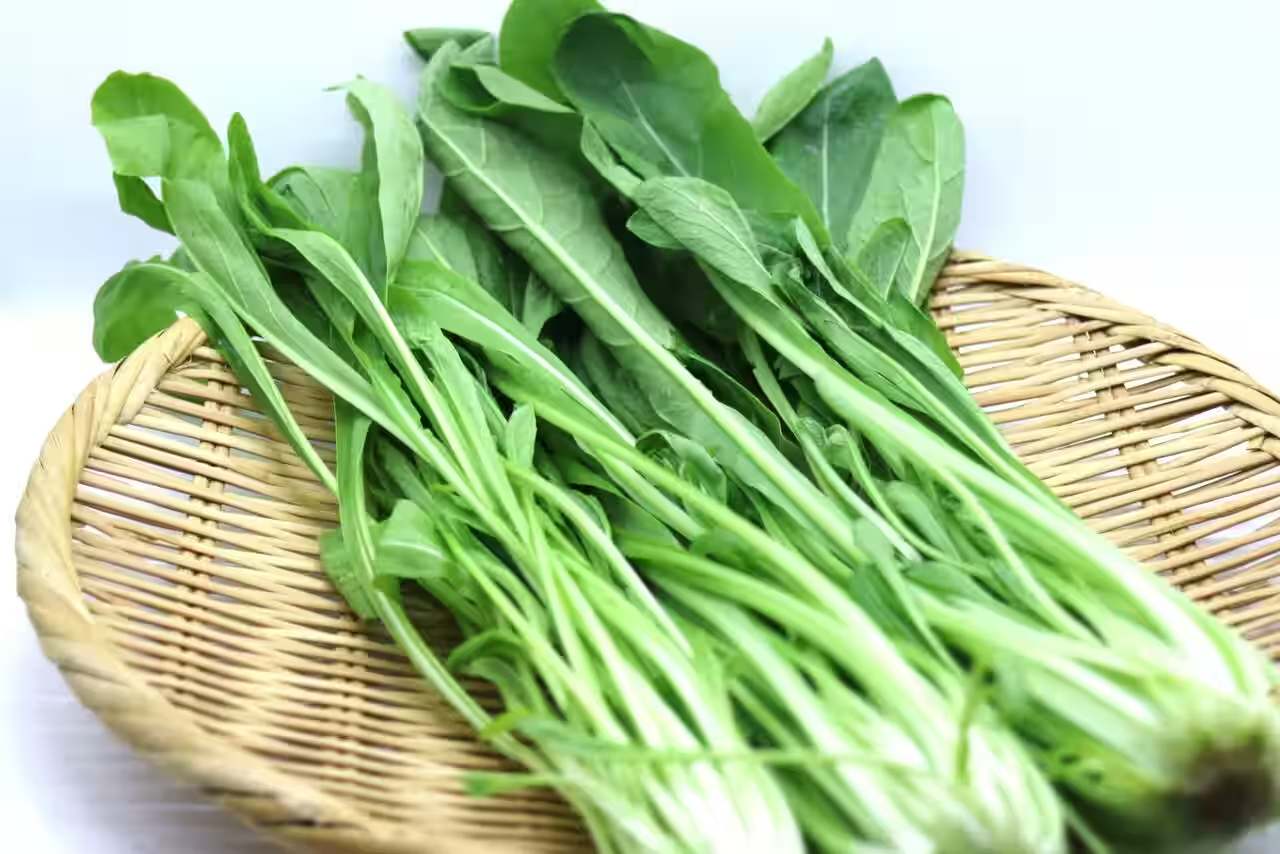

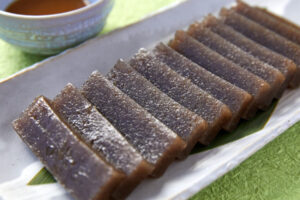
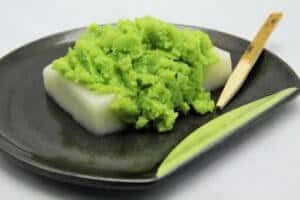
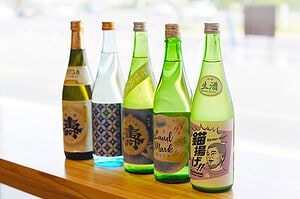
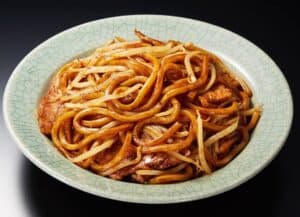

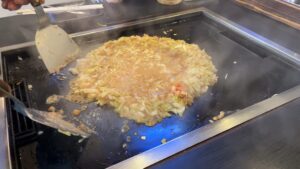

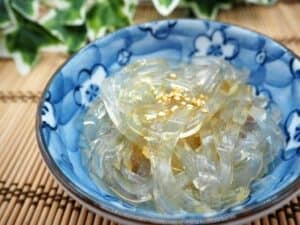
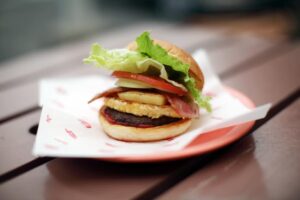
Comments